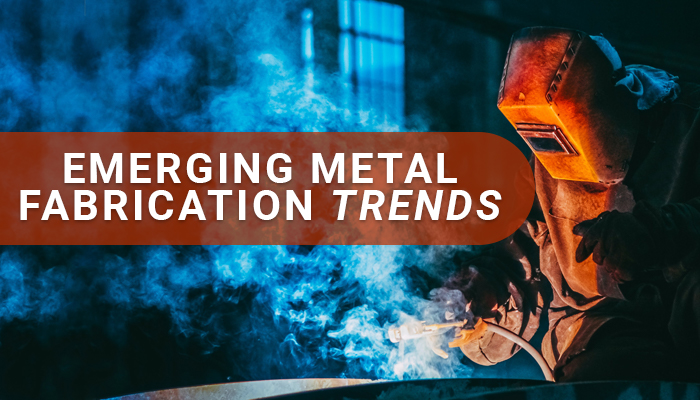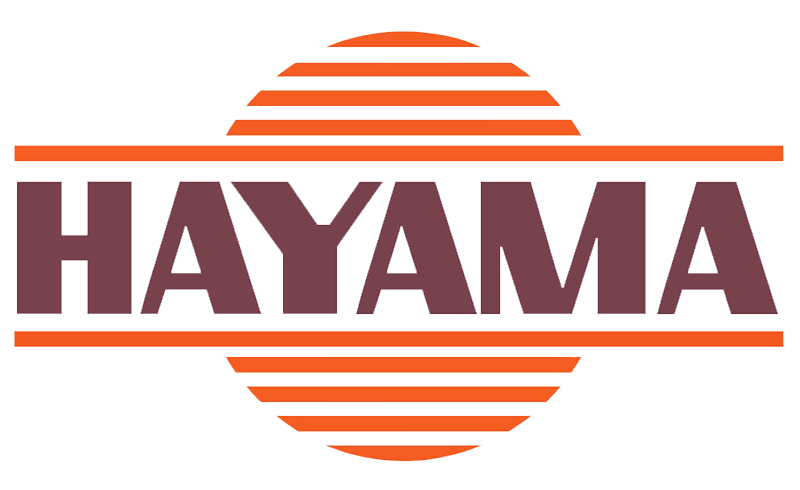
There is an increasing demand for metal fabrication as the economy steadily grows together with the advancements in technology. More industries now rely on metal fabrication to produce durable and high-quality materials required for the construction of buildings, manufacturing facilities, and various modes of transportation, among others. The market for metal fabrication has undergone significant growth over the past years. According to market research, the metal fabrication market worldwide is estimated to reach US$ 27.74 billion by the end of 2031.
Metal fabrication shapes and cuts metals into durable parts and finished products like metal sheets, bolts, screws, beams, pipes, and car parts. Aside from the emerging metal fabrication trends due to progress and technology, the process is adapted to various applications and uses in many industries. Here are some sectors that utilize metal fabrication.
5 Common Industries that Use Metal Fabrication
1. Construction
It is essential to construct structurally sound properties like houses, buildings, and commercial spaces. The construction industry utilizes structures and tools that are fabricated with steel since it is the most versatile and flexible metal. Metal fabrication is used in fabricating metal beam supports, trusses, ladders, and sheets as well as creating tiny screws and bolts that are used in construction projects.
2. Agriculture
Agricultural equipment made of metal is durable, long-lasting, and can endure severe weather conditions and frequent use. They are easier to replace in case they break down, thus avoiding downtime. Through metal fabrication, farmers become more productive because agricultural machinery lasts longer and is more efficient.
3. Medical
Most medical equipment is produced from metal. Hospitals and medical facilities will have sufficient supplies of metal surgical instruments since these can be fabricated to precise measurements and ordered in huge quantities. Metal fabrication trends in the medical industry allow the development of new and advanced equipment. Metal fabrication can produce surgical equipment, medical devices, heart monitors, and dental care equipment that are durable, microbial-resistant, non-porous, and easy to clean.
4. Aerospace
Aeroplanes must transport people safely to their destinations. Various parts of an aircraft and aerospace equipment are exposed to immense pressure and heat so they are built with the highest precision and accuracy to avoid costly errors that can endanger lives. Materials from metal fabrication are used to build spaceships for outer space explorations, satellites, and airship frames. Some of the metals commonly used in aerospace metal fabrication are titanium, stainless steel, aluminum, specialty metals and alloys.
5. Automobile
Metal is used to create vehicles in the automobile industry. These modes of transportation must be capable of traveling huge distances. Metal fabrication is essential on cars that require repairs and restorations on parts such as the undercarriage and the interior and exterior bodies. These components need measurements to match the existing frame of the vehicle. Even damaged cars can be completely restored through custom metal fabrication.
The metal fabrication industry has been open to new technologies in recent years. These advancements led to metal fabrication trends that emerged and will continue to develop in the future. These trends and new ideas constantly shape the industry and meet the evolving needs of the people.
6 Emerging Trends in the Metal Fabrication Industry
1. Automation and Robotics
Developing metal fabrication trends include the use of robotics and automation to cut downtime and simplify processes. Robotics technology has significant effects in the metal fabrication industry. Robots can perform dangerous and repetitive tasks in place of human workers. They have increased accuracy and speed which can improve productivity in a facility. For instance, robots doing welding are faster and more precise. They can work even in hazardous places to keep human welders safe. Robots are metal fabrication trends that prove to be valuable assets in the metal fabrication industry. Cutting and welding customized metals can be done with less human effort by using automation. While there are concerns about job displacements, using robotics and automation in metal fabrication can create new work opportunities for highly skilled technicians.
2. 3D Printing
Additive manufacturing or 3D Printing is one of the metal fabrication trends that has developed significantly throughout the years. 3D Printing is now used in the industry to create casting molds, metal parts, and prototypes faster and more cost-effectively. The technology can produce intricate shapes and geometries that are hard to create using traditional methods. One method is the Metal Powder Bed Fusion which enables manufacturers to do complex designs with reduced waste. Unused powder from this technique can be recycled and reused. As 3D Printing advances as one of the metal fabrication trends, the industry embraces this innovation with new opportunities in the future.
3. Sustainable Practices
The metal fabrication industry is going green due to increasing awareness of protecting the environment. Metal fabrication trends include adopting sustainable practices in using recycled materials in operations. Using previously used and reprocessed materials helps minimize waste and conserve resources to help save the environment. For instance, steel recycling is part of emerging metal fabrication industry trends since steel is a completely recyclable material. Integrating eco-friendly practices can contribute to a more sustainable metal fabrication industry.
4. Advanced Materials and Alloys
There are notable metal fabrication trends in the industry with the advancements in materials and alloys. These innovative materials provide improved strength, versatility, and durability in the final product. They are used in various industries like medical, aerospace, automotive, and energy. These advanced materials that are part of metal fabrication trends include the following:
- High-strength steels – they have higher yield and tensile strength than traditional steels. Thinner and lighter parts can be produced while sustaining the same strength and durability.
- Aluminum alloys – these alloys have lower density compared to steels which makes them perfect to use for lightweight applications in aerospace and automotive industries. They are resistant to corrosion and have high thermal conductivity.
- Titanium alloys – are ideal for aerospace and medical use due to their excellent strength-to-weight ratio and high corrosion resistance. They are lightweight while maintaining their strength and durability.
- Copper alloys – these alloys are ideal for electrical and electronic applications since they are corrosion-resistant and have good electrical conductivity and thermal conductivity.
5. Internet of Things (IoT)
The Internet of Things (IoT) is among the emerging metal fabrication trends that can provide real-time data and monitor the performance and usage of equipment in the industry. The data is analyzed to improve equipment operation and maintenance. Integrating IoT in the equipment enables a person to monitor and control it remotely. Through data collected from the machines and sensors, predictive maintenance can be performed which is necessary to lessen downtime and increase the life of the machines.
6. Computer-Aided Design (CAD)
Metal fabrication trends include utilizing Computer-Aided Design (CAD) software to provide more accuracy and efficiency in the design and manufacturing process in the industry. Designers and engineers use CAD software to design precise 3D models of the parts or products they want to fabricate. These 3D models are then simulated and tested before the start of the fabrication process to avoid errors and wasted materials.
ALSO READ: Understanding the Different Stages of Metal Fabrication Processes
Economic progress over the years has resulted in more buildings, properties, and equipment being continuously constructed. Along with it comes the growth in the metal fabrication industry which relied on the manufacturing of durable structures and materials. Like economic growth, technological advancements have led to several metal fabrication trends. These innovative trends can produce intricate and unique designs in metal fabrication and contribute to more efficiency and precision in the final products. To achieve this, getting the services of a reliable metal fabricator in the Philippines is essential to keep up with the evolving trends in the industry.
Hayama Industrial Corporation (HIC) has been a trusted company in the manufacturing and fabrication industry since 1979. It specializes in fabrication works among its other services. Hayama can design and fabricate industrial equipment such as pressure vessels, silos, metal bins, and containers for your business needs. Following acceptable industry standards, Hayama can provide cost-effective, innovative, and dependable fabrication services. Are you looking for a dependable fabrication company for your business needs? Hayama can help.

Recent Comments